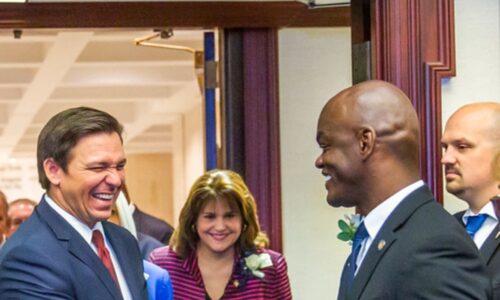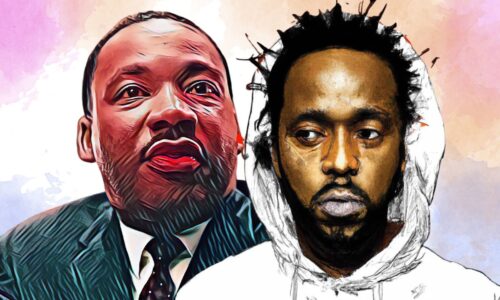 By: A D Carson, By: A D Carson,PhD Student, Rhetorics, Communication and Information Design, Clemson University Clemson University |
In the wake of the resignation of University of Missouri System President Tim Wolfe, much is being written about the power of collective action among student groups to affect positive change on their campuses.
The Black Lives Matter movement has demonstrated the same. Young people are bringing to light issues in overlooked communities across the country.
I’m forced to think about not only the histories of protests at American colleges and universities, in general, but specifically about the campus where I attend school as a graduate student in South Carolina: Clemson University.
Similar to the University of Missouri, we are proud to call ourselves the Tigers. We also pride ourselves on our competitive football traditions. Ours is the number one ranked football team in the country. I also imagine we have similar issues with regard to the events that led the Missouri students to organize for change on their campus.
Figures of exploitation
When major sports networks show our team running down the hill onto the football field taking part in “The Most Exciting 25 Seconds In College Football,” they show only part of a complicated picture. Benjamin Tillman: a troubled past at Clemson. PRORon Cogswell, CC BY
At the hill’s apex is former Vice President, South Carolina Senator and slave owner John Calhoun’s historic Fort Hill Plantation house, overlooking an exploitative circumstance for which no case needs to be made.
The building used as a backdrop for the scenic South Carolina campus shown on television as they cut to commercials — the one named for virulent racist and white supremacist Benjamin Tillman — makes the situation all the worse.

The public record is pretty clear on Benjamin Tillman. Search his name and you’ll find quote upon quote demonstrating his disdain for black people and his calls to kill them.
Yet, come to campus, or watch ESPN’s “College Gameday,” and you’ll see his name adorning the most recognizable building associated with Clemson.
He not only openly advocated murdering black people, he participated in the Hamburg Massacre of 1876 during which his paramilitary group, the Redshirts, murdered six black men. In the same year, black State Senator Simon Coker was murdered by Tillman’s men as he knelt in prayer.
Ironically, South Carolina recently suffered a tragedy eerily reminiscent of this violent past with the killing of South Carolina State Senator Clementa Pinckney and eight other members of the church who were participating in Bible study. Clemson memorialized the victims with wreaths in front of the building named for Tillman.
Troubled past spills into present
Clemson students have been organizing over the past two years to get the attention of the administration focused on issues of racism, diversity and inclusion.
Students and staff have held several demonstrations and teach-ins and hosted speakers to help spread the word and hold the administrators accountable for their promise to make sure everyone feels a part of the “Clemson Family.”
In an effort to raise awareness about these issues, students started the See The Stripes campaign, which simply asks our fellow community members to try to see our mascot – The Tiger – as it should be seen, rather than “Solid Orange,” which is the term often used around here to describe the “Clemson Family.”
The student body, faculty and administrators have also struggled to come up with ways to address the tensions over building names across campus.
But as recently as a week before the semester started, there was a Confederate flag rally directly in front of the building named for Tillman during which the flag was raised over the statue of Thomas Green Clemson. The building was also vandalized with spray paint with “RIP Senator Coker” and “RIP Senator Pinckney.”
The institution was silent.
There were no words of consolation for any students who might feel put off by such actions and very little movement on doing anything about the name of the building honoring one of American history’s most notorious racists.
This season, as we hosted ESPN’s “College Gameday” again, in the background, iconic as ever, stood the clock tower, the spire, known all too well.
And the silence.
Will it take another football team?
I’m struck by the irony of celebrating the future number one ranked football team in the country, a team with many black players and coaches, on national TV in front of a building named for a man who believed them all to be subhuman and not worthy of the rights of white people. Or those players and coaches running down a hill atop which stands John C Calhoun’s plantation house.

Will it take action from student athletes to make change happen? Lauren Nelson, CC BY
This is all the more striking because “86% of college football players live below the federal poverty line.”
I am aware that Clemson’s football coach, Dabo Swinney, who relatively recently received an “eight-year, [US]$27.15 million contract extension,” wants to have no conversation about paying the athletes “because there’s enough entitlement in the world as it is.”
And I wonder how our students who are athletes feel in the wake of what has happened at Missouri.
If, as Shakespeare writes, “that which we call a rose by any other name would smell as sweet,” I suppose that which we call the “legacies of racism and white supremacy” feel like business as usual.
But at least we can acknowledge, or contextualize it.
That could be done by honoring people like Senator Coker and Senator Pinckney. Or, perhaps, honoring the countless enslaved people, sharecroppers and “convict” laborers who contributed to the institution.
We can recognize Benjamin Tillman as a founding trustee while also acknowledging that without them we would not have our “High Seminary of Learning.”
What if the Clemson Tigers decided to do what the Missouri Tigers did? What if, along with the groups of students, staff and faculty who have made it known they would appreciate a building name change, student athletes refused to participate in their sport until they were heard?
Would it still take the board of trustees six months to act if this football season was on the line?
A D Carson, PhD Student, Rhetorics, Communication and Information Design, Clemson University. He is also the founder of the See The Stripes Campaign at Clemson University.
This article was originally published on The Conversation. Read the original article.




